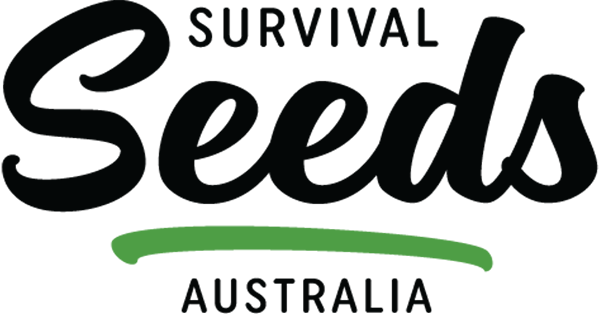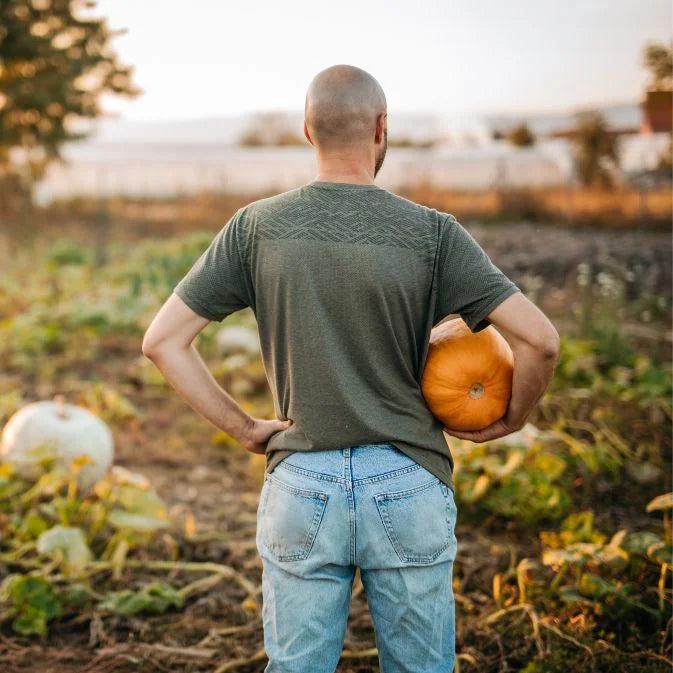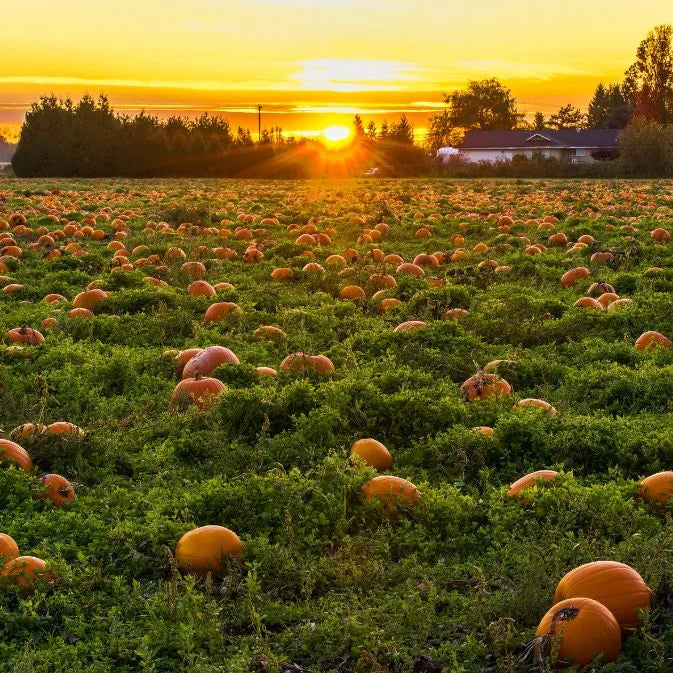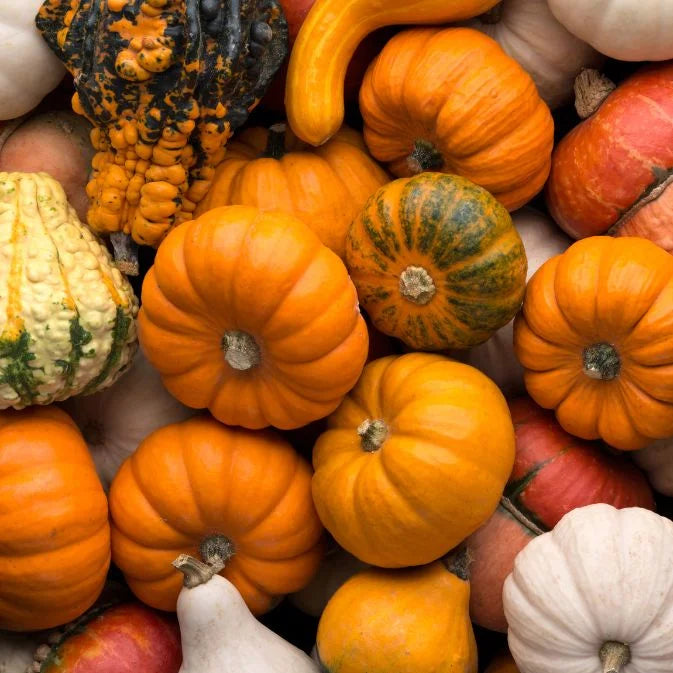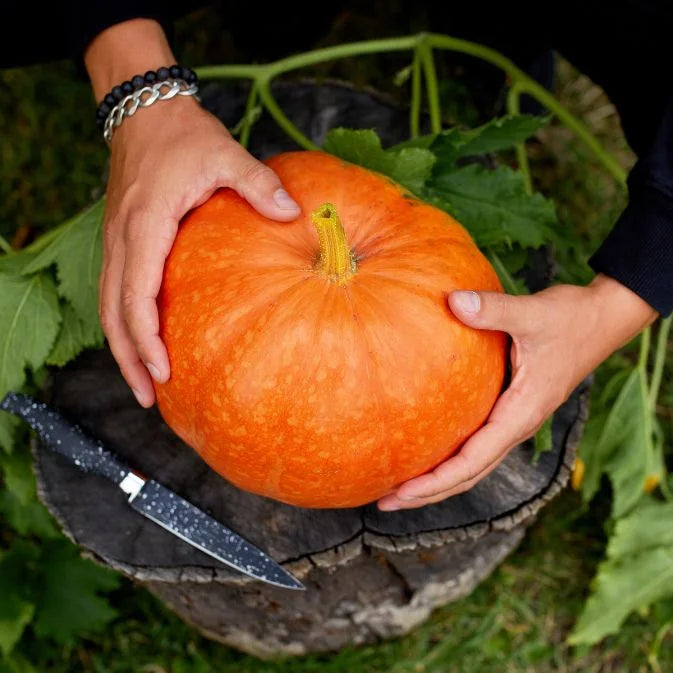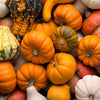Introduction
Growing pumpkins is a rewarding and enjoyable experience that allows you to enjoy delicious, nutritious, and versatile fruits right from your garden. Whether you have a large backyard or limited space, this comprehensive guide will provide you with all the essential information you need to successfully grow pumpkins in Australia. From choosing the right pumpkin variety to preparing the soil, planting, and caring for the plants, we’ll cover all the steps to ensure a bountiful harvest of pumpkins.
When to Plant Pumpkins in Australia
In Australia, the best time to plant pumpkins varies depending on the climate zones. For tropical regions, including northern parts of Queensland and Western Australia, the ideal planting time is during the dry season, which falls between May and July. Sub-tropical areas, such as parts of New South Wales and Queensland, are suitable for pumpkin planting in late spring to early summer, from October to December.
In arid regions like central Australia, it’s best to plant pumpkins in late spring to early summer, usually between October and December. Mild climate zones, which encompass parts of Victoria, South Australia, and Tasmania, can start planting pumpkins in spring, from September to November. For colder regions like southern parts of Victoria and Tasmania, planting should occur in late spring to early summer, generally from October to December.
Adjusting planting times based on the local climate ensures successful pumpkin cultivation across various Australian regions.
How Long Does It Take to Grow Pumpkins
The time it takes to grow pumpkins can vary depending on the pumpkin variety, growing conditions, and climate. On average, pumpkins take around 80 to 120 days from planting to harvest.
Pumpkin seeds typically germinate within 5 to 10 days after planting, depending on soil temperature and moisture levels. Once the seedlings emerge, they will start to grow and develop their vine structure.
The vegetative growth stage involves the development of leaves and vines, which can take anywhere from 30 to 60 days, depending on the pumpkin variety and growing conditions. During this time, it’s essential to provide sufficient water and nutrients to support healthy plant growth.
As the plants continue to grow, flowers will form, and pollination is crucial for fruit development. After successful pollination, it can take an additional 40 to 60 days for the pumpkins to mature and be ready for harvest.
Factors such as temperature, sunlight exposure, soil fertility, and proper care and maintenance can influence the growth rate of pumpkins. Regular monitoring and proper management will help ensure healthy growth and a timely harvest.
How to Grow Pumpkins from Seeds
Growing pumpkins from seeds is a straightforward and cost-effective way to start your pumpkin patch. Here’s a step-by-step guide to growing pumpkins from seeds:
- Seed Selection: Choose high-quality pumpkin seeds from reputable suppliers or save seeds from mature pumpkins you’ve enjoyed. Select pumpkin varieties that suit your preferences, space, and climate.
- Starting Seeds Indoors: Start pumpkin seeds indoors about 2 to 4 weeks before the last expected frost date in your area. Use biodegradable pots or seed trays filled with seed-starting mix. Plant the seeds about 2 cm (0.8 inches) deep and water thoroughly.
- Transplanting Seedlings: Once the seedlings have developed their first true leaves and all risk of frost has passed, transplant them outdoors. Choose a sunny location with well-draining soil.
- Outdoor Planting: Create mounds or hills in the soil and plant 2 to 3 seedlings per mound. Space the mounds 1.5 to 2 metres (5 to 6.5 feet) apart to allow for proper vine growth.
- Care and Maintenance: Provide regular watering, keeping the soil consistently moist but not waterlogged. Apply a balanced fertiliser or compost to promote healthy growth. Mulch around the plants to retain soil moisture and suppress weeds.
- Pollination: Bees and other pollinators play a vital role in pollinating pumpkin flowers. Encourage pollinator activity by planting pollinator-friendly flowers nearby or using hand pollination techniques if necessary.
- Harvesting: Harvest pumpkins when they have reached their mature size and have a hard rind. Cut the pumpkins from the vine, leaving a few centimetres (an inch) of stem attached.
By following these steps, you can successfully grow pumpkins from seeds and enjoy a bountiful harvest of delicious pumpkins.
Growing Pumpkins in Small Spaces
Even if you have limited garden space, you can still grow pumpkins successfully with some creativity and planning. Here are some tips for growing pumpkins in small spaces:
- Choose Compact Varieties: Opt for compact or bush-type pumpkin varieties specifically designed for small spaces. These varieties take up less space but still produce flavourful pumpkins.
- Vertical Gardening: Utilise trellises, fences, or sturdy supports to grow pumpkins vertically. This method saves space and encourages the vines to climb, allowing the pumpkins to grow off the ground.
- Container Gardening: Grow pumpkins in large containers or grow bags with good drainage. Select containers with a minimum of 60 litres (16 gallons) capacity to accommodate the root system and support vine growth.
- Pruning: Regularly prune the pumpkin vines to manage their growth and prevent them from spreading excessively. Pruning also encourages better air circulation, reducing the risk of fungal diseases.
- Pollination: In small spaces, pollination may be less efficient due to the reduced presence of pollinators. Consider hand-pollinating the flowers using a small brush to transfer pollen between male and female flowers.
- Adequate Sunlight: Place your pumpkin plants in the sunniest spot available to ensure they receive a minimum of 6 to 8 hours of direct sunlight daily.
- Companion Planting: Grow pumpkins alongside other compatible plants to maximise space and create a beneficial ecosystem for your garden.
With these strategies, even gardeners with limited space can enjoy the satisfaction of growing pumpkins and harvesting fresh, homegrown fruits.
How to Grow Pumpkins in a Pot
Growing pumpkins in pots is an excellent option for gardeners with small yards, balconies, or patios. Here’s how to grow pumpkins in a pot:
- Container Selection: Choose a large and sturdy container with a minimum capacity of 60 litres (16 gallons). Ensure that the container has drainage holes at the bottom to prevent waterlogging.
- Potting Mix: Fill the container with a high-quality potting mix enriched with organic matter. Avoid using garden soil, as it may compact and hinder root growth.
- Seedlings or Transplants: Start with healthy pumpkin seedlings or transplant them from indoor pots. Place one seedling per pot, ensuring that the root ball is covered with soil and the top of the seedling is at the same level as the soil surface.
- Sunlight and Watering: Place the pots in a sunny location that receives at least 6 to 8 hours of direct sunlight daily. Water the plants regularly, keeping the soil evenly moist but not waterlogged.
- Fertilisation: Feed the plants with a balanced liquid fertiliser every two weeks or follow the package instructions for granular fertilisers. This provides the necessary nutrients for healthy growth and fruit production.
- Support and Pruning: As the plants grow, provide support such as stakes or cages to prevent the heavy fruit-laden branches from drooping or breaking. Consider pruning the plants to promote better air circulation and fruit development.
- Harvesting: Harvest the pumpkins when they have reached their mature size and have a hard rind. Cut the fruit from the plant using a sharp knife or scissors, leaving a short stem attached.
By following these steps, you can successfully grow pumpkins in a pot and enjoy fresh and flavorful pumpkins right on your doorstep.
How to Grow Pumpkins Vertically
Vertical gardening is an innovative way to grow pumpkins in limited spaces and can be a space-saving solution for small gardens or patios. Here’s how to grow pumpkins vertically:
- Choose the Right Variety: Select compact pumpkin varieties that are well-suited for vertical growth. Look for bush-type or mini pumpkins that produce smaller fruits and require less space.
- Provide Support: Install a sturdy trellis or vertical support structure that can handle the weight of the pumpkins as they grow. The trellis should be at least 2 metres (6.5 feet) tall to accommodate the vines’ upward growth.
- Planting and Spacing: Plant pumpkin seedlings at the base of the trellis, spacing them according to the variety’s recommendations. Ensure that the trellis is firmly anchored in the ground to support the vines as they grow.
- Training the Vines: Encourage the pumpkin vines to climb the trellis by gently guiding them upward. As the vines grow, secure them to the trellis using soft ties or twine to prevent them from sagging.
- Pruning: Regularly prune the vines to manage their growth and prevent them from spreading excessively. Pruning also encourages better air circulation, reducing the risk of fungal diseases.
- Watering and Fertilisation: Provide regular watering to keep the soil consistently moist. Apply a balanced liquid fertiliser or compost tea every two weeks to provide the necessary nutrients for healthy growth.
- Pollination: In vertical gardening, hand-pollination may be necessary to ensure proper fruit development. Use a small brush to transfer pollen between male and female flowers to aid in pollination.
By implementing vertical gardening techniques, you can maximise your garden space and enjoy the sight of vibrant pumpkin vines climbing your trellis while anticipating a bountiful harvest.
Conclusion
Growing pumpkins can be a rewarding and fruitful experience for Australian gardeners. Whether you have a large garden or limited space, there are various options for growing pumpkins successfully. By choosing the right variety, planting at the appropriate time, and providing proper care and support, you can cultivate healthy and productive pumpkin plants. Whether you choose to grow pumpkins from seeds, in pots, vertically, or in small spaces, the joy of harvesting and enjoying your homegrown pumpkins will be equally satisfying. With patience, dedication, and a little bit of gardening know-how, you’ll be rewarded with an abundant harvest of delicious pumpkins.

